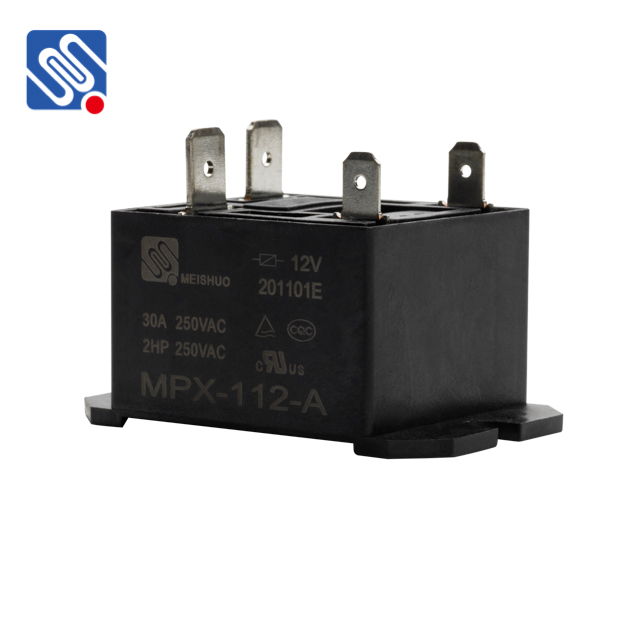understanding power relay: key component in electrical systems
Release time:2025-08-23 15:24:02
A power relay is an essential electrical component used widely in various applications, ranging from household appliances to complex industrial machinery. It acts as a switch that controls the flow of electricity by using a small control signal to operate a large current circuit. This article delves into the working principles, types, applications, and advantages of power relays, highlighting their critical role in modern electrical systems.

What is a Power Relay?
A power relay is an electromagnetic switch that allows electrical circuits to be controlled remotely. When a low-power electrical signal is applied to the relay’s coil, it generates a magnetic field, which causes the relay's switch contacts to open or close, thereby controlling the larger current flowing through the circuit. This mechanism allows the power relay to turn on or off high-power equipment using low-power controls, offering both safety and efficiency.
Working Principle of a Power Relay
The core function of a power relay lies in its ability to control high current circuits using low voltage signals. The power relay typically consists of three main components: the coil, the armature, and the contacts. The coil is energized by a low-voltage signal, generating a magnetic field that moves the armature. This motion opens or closes the contacts, depending on the relay's configuration.

